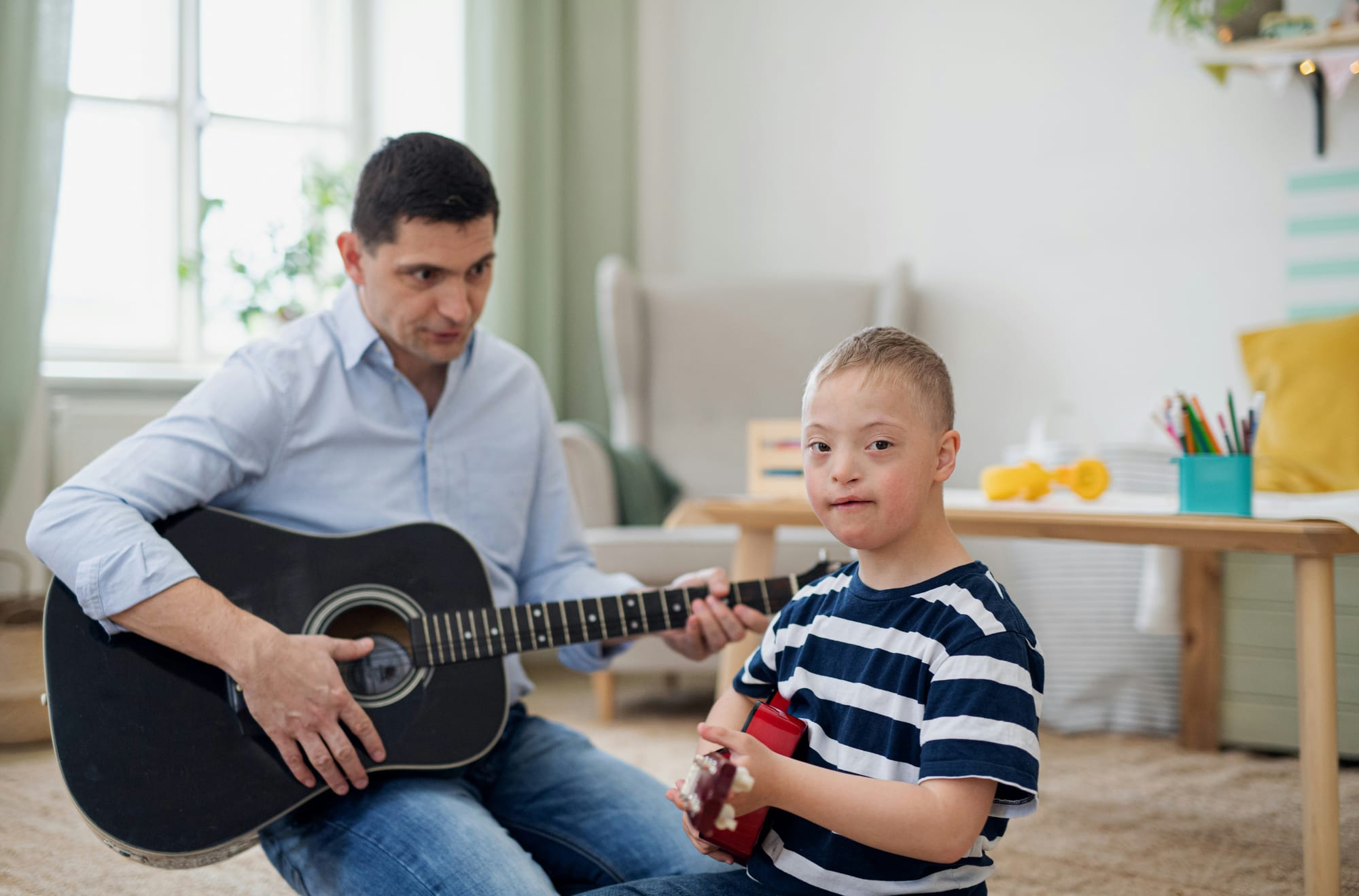Are you listening to your grandchildren?

Readers, be forewarned: The musings that follow represent my study and intentions, not my expertise. In a trendy phrase, “Progress, not perfection!”
I took a course last fall to prepare to serve as a lay pastoral minister (the folks who visit people who are sick, housebound, or otherwise needing some attention). A central lesson was the importance of listening. The basic skill is to still your own commentary, your urge to solve problems, your good advice, your criticism, in order to really listen to the one who is heard, in the process offering the gift of your full attention. What a gift to offer the grandchildren (or children), as well!
Saying “really listen” vs just “listen” is theoretically redundant. But in practice, the emphasis is helpful to distinguish attentive listening from inattentive listening, or from hearing. Inattentive listening is by definition in the background of mental focus, and hearing often is, too. You hear the grandchildren playing, but you’re attending to your cooking or your phone. They come by to ask for a snack, and you listen enough to get up and get one, but your mind is still on the latest outrage.

What does it take to really listen?
“Real listening” requires focused attention. You might listen for a bird call to stand out from the wind or passing traffic. You might listen for a reiterated theme in a piece of music, or for the velvet noise of a sleeping child’s breathing. Real listening is a whole-body experience: To listen, you need to be physically still, or in an easy motion, like walking on a smooth sidewalk, that doesn’t require attention. You need to turn off or tune out other stimuli, so they don’t distract you. It may require your eyes and a little of your voice, too: You’ll probably turn toward the person you’re listening to, or briefly encourage them to go on with what they are saying or expressing through body language.
“Real listening” doesn’t even require hearing, which is a good thing for people who can’t hear, are nonverbal, or who don’t speak the same language. A friend told a story of her long-ago experience in Tibet. She was hiking alone and reached a deep gorge that blocked her way. The local people simply jumped across it. But it was a big jump—10 feet or so—and a miss would mean death. Terrified, she sat near the edge and cried. A number of people leaped the gorge either direction, going about their business, as she cried. But one man who leapt from her side to the other turned and sat. Then he just waited. And waited. Finally, she leapt. And, of course, lived to tell the tale.
Hearing can even get in the way. An intriguing snippet from an encyclopedia entry that discusses and quotes Confucian philosophy opens this possibility: “In interacting with [a violent ruler], Yan must listen with the heart-mind rather than with the ears, but not just with the heart-mind but listening with his bodily qi: ‘For the ears are halted at what they hear. The [heart-]mind is halted at whatever verifies its preconceptions. But the vital energy [qi] is an emptiness, a waiting for the presence of beings’ (Ren jian shi, 2 [trans. adapted from 2009: 26]).” Oversimplifying, the message is again that real listening goes well beyond hearing, and requires getting yourself out of the way.

How and when to listen to grandchildren
Our grandchildren are not violent rulers (I hope!), but that ideal of emptiness, and waiting—receptivity to them—is the core of listening to them, too. But it can feel counterintuitive! My impulse, at least, when a grandchild is telling me about a problem at school, or about a problem with their Lego pieces or their art project, is to jump in to help. I’ll tend to anticipate what they are going to say, so I’ll be ready with a speedy response to their needs. It’s not that being responsive to their needs is a bad thing! But what I learned in class (and have occasionally experienced) is that listening—attentively, receptively, not just with the ears—is likely to give a much better sense of what the child’s need is. Plus, the instructions say, your help may not actually be helpful in the long term. Instead, the advice is to wait, ask a question or two, and see what solution the other person (grandchild, for our purposes) can devise. Through your openness and patience, you encourage the grandchild’s growth in skills. Your deep listening also tells the child that they are important—a message they are very likely to notice. Again, I’m no expert, but this sounds right. And hard.
Not totally foreign, though! Intensive listening does relate to skills or attitudes I’ve discussed in other posts. An earlier post discussing psychologist Anne Williams-Wengerd’s approach to children’s vulnerability talked about being a “container” for a child’s wild emotions. The openness of that container—and acceptance and lack of judgment of the child’s feelings—are wonderful examples of “real listening” in action. Backing off on your own talking and inputs to let a child lead helps encourage their curiosity, too. And in Faber and Mazlish’s advice about dealing with fighting children, listening to the children’s points of view without inserting your own is a central step. On the flip side, I also maintain that there are times that listening can usefully be suspended—in letting the silliness or in-depth discussions of butts and penises or thundering about the house wash past you. Because children don’t always need or want you involved, because you need to protect your own sanity, and because not every thought or activity deserves deep attention.
In case you want to practice along with me, here are a few starter ideas:
• Real listening is easiest when you’re attending to a single grandchild, and when the situation is calm enough. It’s then when you can have the presence of mind to practice the required skills: Put away the phone, don’t interrupt, don’t anticipate.
• To encourage the child to talk, ask questions directly about what they are saying, rather than riffing on what they are saying. For example, if they are telling you about their drawing, and they say, “This is an island,” try “What’s on the island?” or “Where is the island?” versus, “I love islands” or “Cool, did you know islands are sometimes volcanoes?” The generic, “Tell me more” (or “Oo, tell me about it!”), followed by real interest in what they say—and your own silence so they can say it—may unlock their words.
• Take a look at this National Public Radio article (and the links within it) for tips on listening to adults—most of what it offers applies to talking with your grandchildren, too.
• Post your successes and failures with practicing below, so others (like me!) can learn from you!